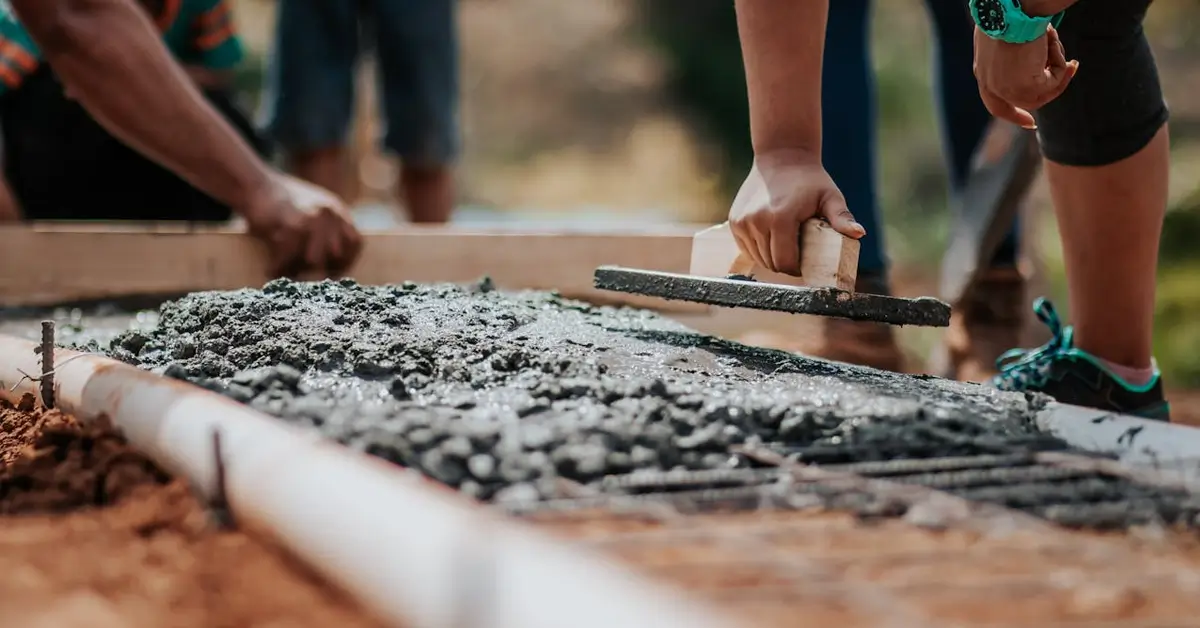Ensuring the safety and longevity of buildings and infrastructure begins with a solid foundation. Over time, concrete structures face wear and tear from environmental exposure, heavy loads, and natural aging. Hidden defects such as cracks, voids, rebar corrosion, and delamination can weaken a structure, putting occupants and assets at risk.
Concrete investigations are essential for identifying these issues early, preventing costly failures, and ensuring compliance with safety regulations. With advancements in non-destructive testing (NDT), engineers and construction professionals can now assess structural conditions without damaging the concrete itself. This proactive approach not only enhances durability but also reduces maintenance costs and extends the lifespan of critical infrastructure.
The Role of Concrete Investigations in Structural Safety
Preventing Structural Failures Before They Happen
Concrete structures may appear sound on the surface, but underlying weaknesses can develop over time. Small cracks and voids, if left undetected, can expand due to moisture infiltration, temperature fluctuations, and ongoing mechanical stress. Without proper inspection, these minor defects can escalate into major structural failures, leading to expensive repairs or even catastrophic collapses.
Through non-destructive testing methods, engineers can detect these hidden vulnerabilities before they compromise structural integrity. By pinpointing problem areas early, construction teams can implement targeted repairs, strengthen load-bearing components, and maintain the safety of buildings, bridges, and roadways.
Ensuring Compliance with Building Codes and Safety Standards
Regulatory bodies require routine structural assessments to ensure buildings and infrastructure meet industry standards. Failing to comply with these regulations can result in legal liability, fines, and safety risks. Concrete investigations provide the necessary documentation and verification to confirm that structures are built and maintained according to code.
From commercial high-rises and public infrastructure to industrial facilities and residential developments, structural inspections are a crucial step in risk mitigation. Regular evaluations not only help organizations avoid penalties but also protect the people who use these structures daily.
Minimizing Repair Costs Through Early Detection
Neglecting structural inspections can lead to costly emergency repairs. When minor cracks or rebar corrosion go unnoticed, they often result in widespread damage that requires extensive reconstruction. By contrast, early intervention through concrete investigations allows property owners to address small defects before they worsen.
With a well-planned preventative maintenance strategy, facility managers and engineers can schedule targeted repairs, reducing the financial burden of unexpected structural failures. Proactive assessments lower long-term repair costs while preserving the integrity of critical assets.
Extending the Lifespan of Concrete Structures
Bridges, tunnels, highways, and commercial buildings endure constant stress from environmental exposure, traffic loads, and aging materials. Without proper assessment, these factors gradually weaken the concrete, leading to functional deterioration and safety concerns.
Routine non-destructive evaluations help extend the life expectancy of infrastructure by detecting weaknesses before they become irreparable. By investing in regular structural assessments, municipalities, developers, and facility owners can ensure their properties remain functional, resilient, and safe for decades to come.
Advanced Non-Destructive Testing (NDT) Methods in Concrete Investigations
Traditional testing methods often involve drilling or coring, which can compromise the integrity of a structure. Non-destructive testing (NDT) provides an alternative approach, allowing professionals to assess concrete conditions without causing damage. Modern testing techniques deliver precise, real-time insights into a structure’s composition and stability.
Ground Penetrating Radar (GPR)
GPR is widely used to detect rebar placement, voids, conduits, and hidden defects beneath concrete surfaces. This method sends electromagnetic waves into the material and measures the reflected signals, creating a detailed subsurface map. GPR is essential for identifying embedded utilities before drilling or coring.
Ultrasonic Pulse Testing
This technique uses high-frequency sound waves to evaluate concrete density, crack depth, and internal defects. By analyzing how sound waves travel through the material, engineers can assess its structural integrity without physical intrusion.
Infrared Thermography
Infrared imaging detects moisture intrusion, delamination, and temperature variations in concrete structures. This method is particularly useful in identifying areas where material degradation has begun.
Impact Echo Testing
By analyzing sound wave reflections, this method measures the thickness of concrete slabs, detects voids, and identifies flaws within the material. It is frequently used in highway, bridge, and commercial construction assessments.
Key Applications of Concrete Investigations
Concrete assessments are crucial across multiple industries and construction scenarios. Some of the most common applications include:
- Structural Health Monitoring: Ongoing evaluations of buildings, roads, and bridges to ensure long-term stability.
- Rebar Corrosion & Reinforcement Integrity: Assessing the condition of embedded steel reinforcements to prevent weakening.
- Utility Locating & Damage Prevention: Identifying underground pipes, conduits, and infrastructure before excavation.
- Load-Bearing Capacity Analysis: Measuring concrete strength and durability for new and existing structures.
- Post-Construction Quality Assurance: Confirming that newly constructed buildings meet industry specifications.
By incorporating advanced testing technologies, concrete investigations ensure reliability, safety, and compliance in every project.
Choose Industry Experts for Reliable Concrete Investigations
For engineers, contractors, property managers, and government agencies, concrete investigations are a critical investment in long-term structural stability. Choosing a professional team with expertise in non-destructive testing ensures accurate diagnostics, efficient repairs, and proactive risk management.
By partnering with experts in concrete assessments and structural evaluations, project managers can make data-driven decisions that enhance safety, minimize repair costs, and extend the lifespan of critical infrastructure.
Ensure the safety, durability, and compliance of your structures—schedule a professional concrete investigation today.













